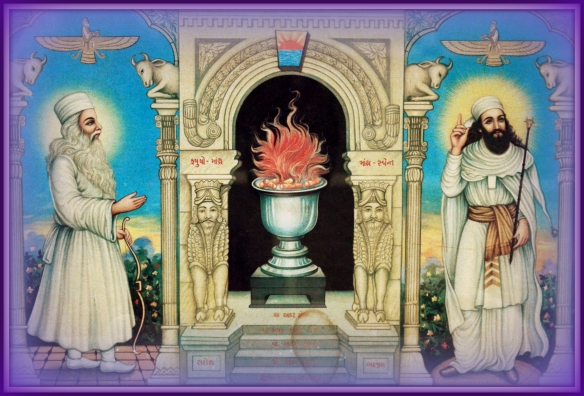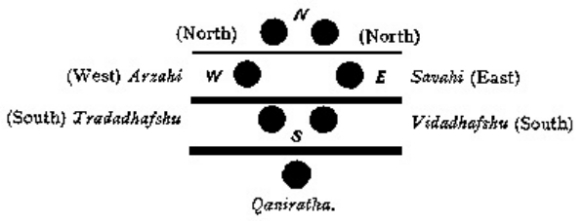Subscribe to:
Post Comments (Atom)
The crash, the clash, the affliction beyond the pleasantries of reason
"The drugs began to wear off. Reality is not pleasant. All the death and the avoidance of it can waste a man to nothing. Better yet whe...
-
Annalie Cummings has come into the spotlight recently—but not as a mainstream public figure. Here’s a clearer picture of what’s currently k...
-
EPL- INFORMATION FOR YOUR BUILDING SOUL http://www.darkmirrors.org/gnostic.php Gnostic Cosmogony Below is the summary of the Gnostic...




No comments:
Post a Comment
PLEASE COMMENT, OR ADD INFORMATION YOU FEEL PERTAINS